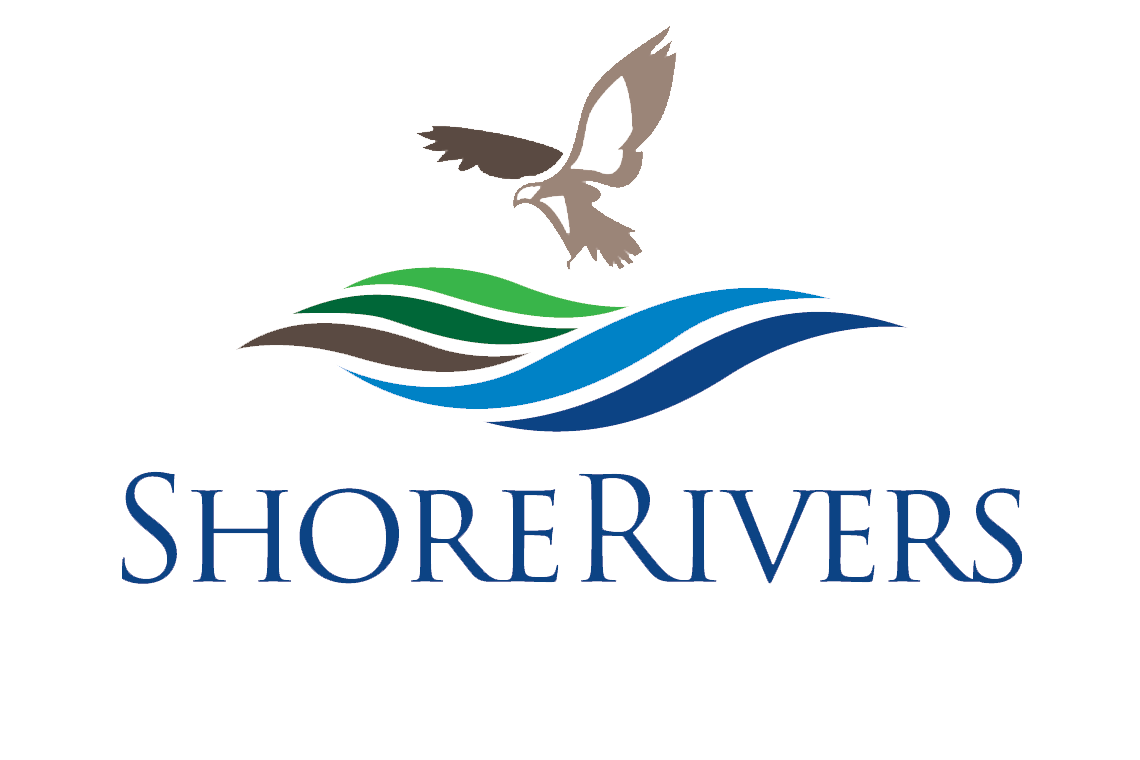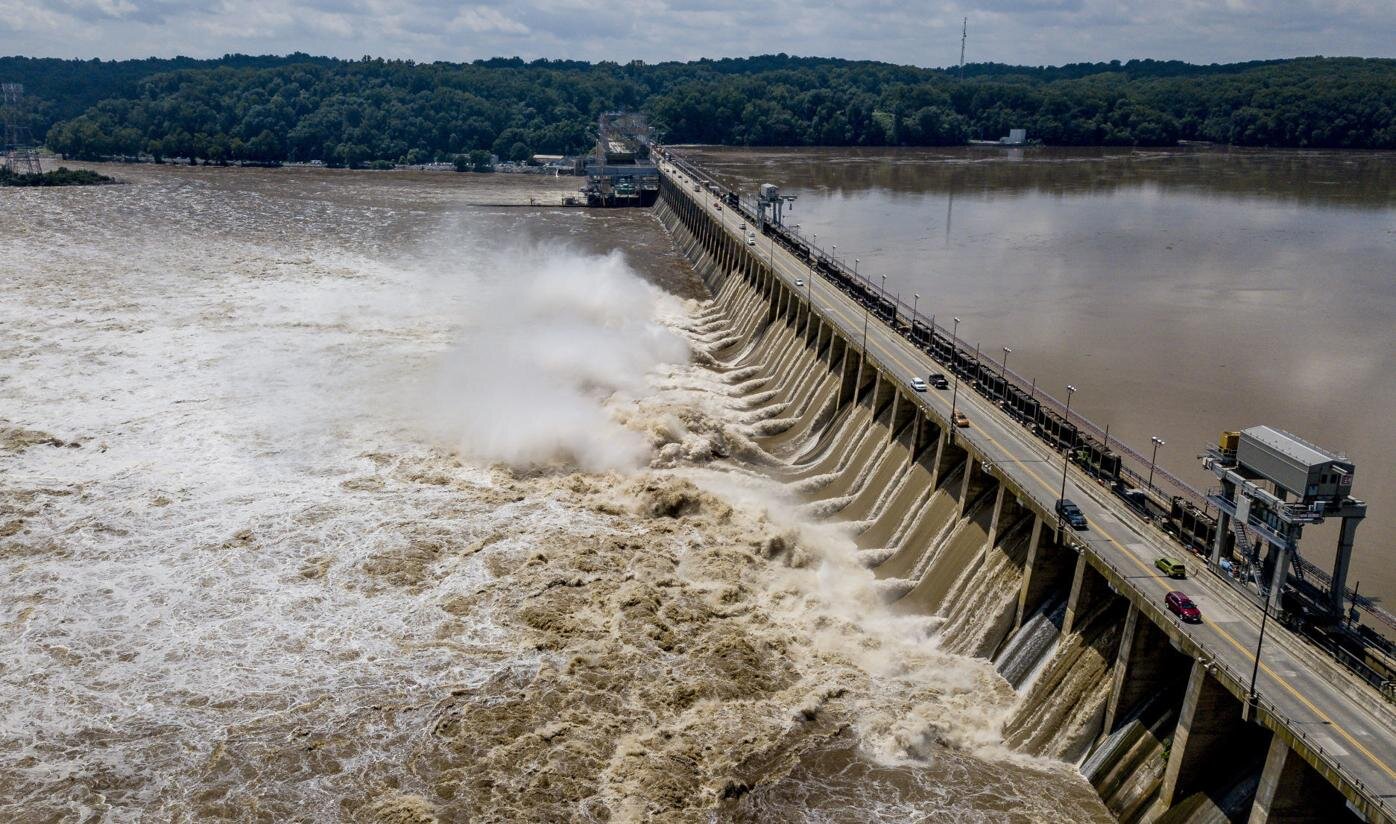On April 13, Maryland environmental groups sent a notice of intent to bring a lawsuit against Valley Proteins for violating its wastewater permit.
In years when records have been available, the company has exceeded pollution limits when releasing wastewater from its Linkwood plant on Maryland’s Eastern Shore into the nearby Transquaking River. Records indicate Valley Proteins has routinely exceeded its permit limits for pollutants including fecal coliform, nitrogen, phosphorus, and ammonia. In one quarter, from July to September 2020, the company exceeded the ammonia limits by 2,518%, according to EPA’s enforcement and compliance database. In other periods, Valley Proteins has failed to file complete documents detailing what pollutants are being released into the groundwater and river from the plant.
Monitoring and inspection reports have indicated wastewater leaking from two wastewater storage lagoons on the plant property may be causing high nitrate levels in monitoring wells and polluting the groundwater. The company has also failed to properly document the composition of the thousands of tons of sludge being hauled away from the property each year and the quantities of sludge that are land applied or treated at another wastewater treatment facility. These issues are likely contributing to pollution problems in the area and surrounding waterways.
The Transquaking River is a Chesapeake Bay tributary that has been plagued by long-term problems associated with algal blooms, which are fueled by water pollutants such as nitrogen. Algal blooms reduce water clarity and can cause deadly low-oxygen conditions in the water. These water quality impacts impair recreational use of the river by boaters and kayakers, as well as potentially make the river uninhabitable for marine life. The excess amounts of pollutants from this plant may be making it more difficult for Maryland to reach 2025 pollution reduction requirements as part of the Chesapeake Clean Water Blueprint. The notice of intent is being brought by ShoreRivers and Dorchester Citizens for Planned Growth (DCPG), and Chesapeake Bay Foundation (CBF). ShoreRivers and DCPG are represented by Chesapeake Legal Alliance. Industrial polluters can be held accountable through citizen suits under the Clean Water Act for impairing the public’s right to clean, swimmable, and fishable waters. The notice gives Valley Proteins 60 days to potentially settle claims under the Clean Water Act before a formal lawsuit is filed against the company.
Valley Proteins is an industrial plant in Linkwood that uses a chemical process to render chicken carcasses into protein for animal feed, which it then sells. The plant’s National Pollutant Discharge Elimination System (NPDES) permit expired in 2006, but the state has enabled the company to continue to operate in Linkwood by administratively extending it for 15 years.
"Valley Proteins is responsible for the waste it produces, like all companies and individuals are,” said Matt Pluta, ShoreRivers Choptank Riverkeeper and Director of Riverkeeper Programs. “But while most of us follow the environmental laws designed to protect our shared environment, Valley Proteins has been discharging its waste at illegally high levels into the Transquaking River. They are polluting this shared resource, which harms the river and our ability to enjoy it. This company must be held accountable for their actions, the same way any of us would be if we violated a law.”
For more than 10 years, DCPG volunteers have been sampling water quality near the plant and have found higher-than-average levels of E. coli bacteria, nitrogen, and phosphorus as well as low levels of dissolved oxygen in the river. The Maryland Department of the Environment has also documented significant algal blooms in Higgins Mill Pond, which receives the Plant’s discharges and is part of the Transquaking River.
“DCPG has been concerned for more than seven years about numerous violations and pollution from the wastewater discharge at the Valley Proteins site,” said Fred Pomeroy, president of Dorchester Citizens for Planned Growth. “We’ve voiced our concerns to the Maryland Department of the Environment for years, but they have continued to allow Valley Proteins to operate without a current permit or updated pollution controls. We’ve decided to join with ShoreRivers, Chesapeake Legal Alliance, and Chesapeake Bay Foundation to bring legal action against a company that continues to pollute the Transquaking River.”
In the past, CBF has called for a more stringent wastewater permit for the plant and more transparency around the pollution being pumped into the Transquaking River.
“We won’t look the other way when businesses pollute our environment,” said Doug Myers, Maryland senior scientist for the Chesapeake Bay Foundation. “We’ve had significant questions about how this plant is operated and its impacts on surrounding water quality for years that went unanswered. We heard about potential permit updates that were never completed. At this point, we feel like nothing will change except through litigation. We hope the outcome will result in a cleaner Transquaking River and Chesapeake Bay for those who depend on these waterways for their livelihoods and recreation.”
The goal of this action is to bring Valley Proteins into compliance with its wastewater permit and protect water quality, the environment, and public health.







